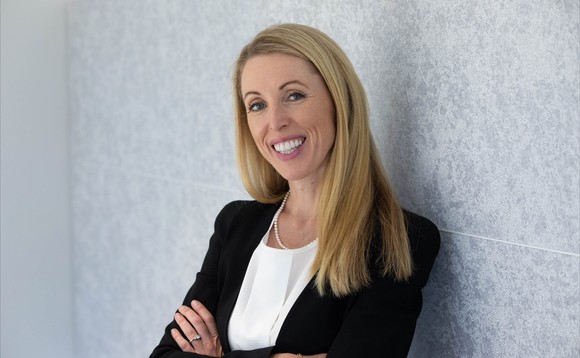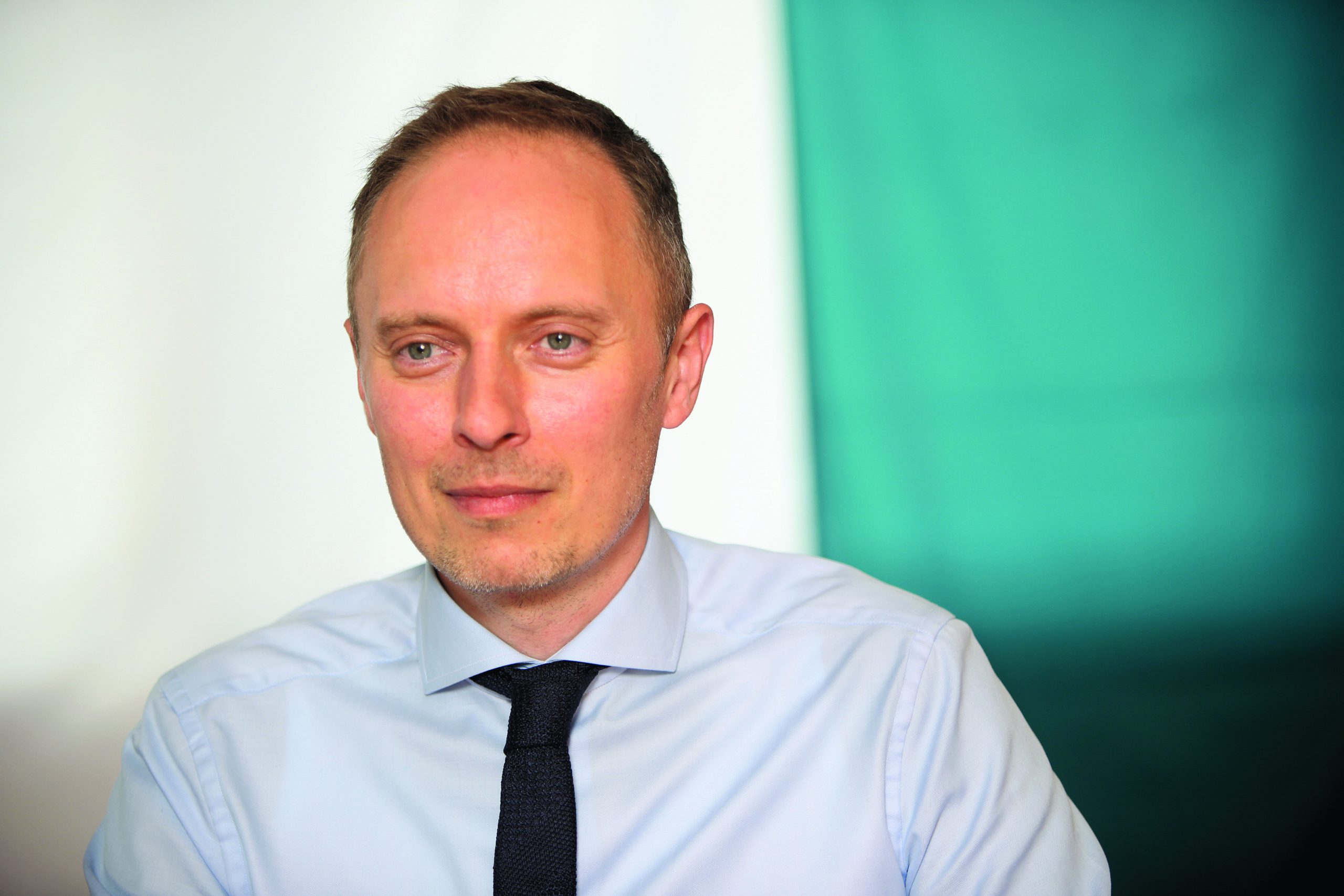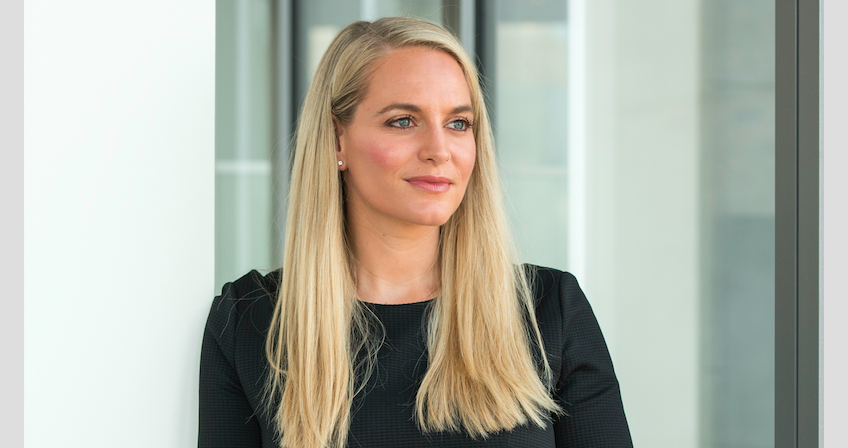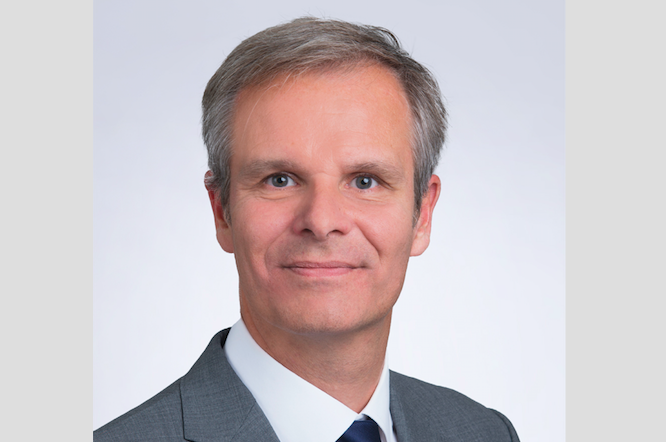HSBC Launches a Thermal Coal Phase-out Policy
| Por IreneValiente | 0 Comentarios

HSBC has recently set out a detailed policy to phase out the financing of coal-fired power and thermal coal mining by 2030 in EU and OECD markets, and worldwide by 2040. In recognition of the rapid decline in coal emissions required for any viable pathway to 1.5°C2, the policy will mean HSBC phasing out finance to clients whose transition plans are not compatible with HSBC’s net zero by 2050 target.
In a press release, the firm has pointed out that this measure builds on its current policy that prohibits finance for new coal-fired power plants and new thermal coal mines; “broadening the approach to drive the phase-out of existing thermal coal”.
The new policy, which will be reviewed annually based on evolving science and internationally recognized guidance, is a key part of executing on the bank’s October 2020 ambition to align its financed emissions – the greenhouse gas emissions of its portfolio of clients – to net zero by 2050 or sooner. It includes short term targets to help drive measureable results in advance of the phase-out dates.
Besides, a science-based financed emissions target will be published in 2022 to reduce emissions from coal-fired power in line with a 1.5°C pathway. HSBC also intends to reduce its exposure to thermal coal financing by at least 25% by 2025 and aims to reduce such exposure by 50% by 2030, using its 2020 Task Force on Climate-Related Financial Disclosures (TCFD) reporting as its baseline.
Client transition plans
“Thermal coal financing remaining after 2030 will only relate to clients with thermal coal assets in non EU/OECD markets, and will be completely phased out by 2040. HSBC will report annually on progress in reducing thermal coal financing in its Annual Report and Accounts”, the bank said. It also revealed that it will work with impacted clients and will expect them to formulate and publish transition plans by the end of 2023 that are compatible with HSBC’s net zero by 2050 target.
“Client transition plans will be assessed annually, based on a range of factors including: level of ambition to reduce greenhouse gas emissions; clarity and credibility of transition strategy including any proposed abatement technologies; adequacy of disclosure and consideration of the principles of ‘just transition’”, HSBC commented. If no transition plans are produced, the bank will need to assess whether to continue to provide financing for that client, as there will be no basis on which to assess alignment with its commitment to phase out coal financing.
In this sense, it will decline to provide new financing (including refinancing) and advisory services to any client that fails to engage sufficiently on its transition plan, or where plans are not compatible with its net zero by 2050 target. In addition, HSBC will seek to withdraw any financing or advisory services with any client that makes a commitment to, or proceeds with, thermal coal expansion after 1 January 2021.
The energy transition in Asia
Given the bank’s substantial footprint across Asia, with the region’s heavy reliance on coal today and its rapidly growing energy demand, HSBC recognized it has “a critical role to play in helping to finance the region’s energy transition from coal to clean”. That’s why it will expect its clients to lay out credible transition plans for the next two decades to diversify away from coal-fired power production to clean energy, and from coal mining to other raw materials, including those vital to clean energy technologies.
”We want to be at the heart of financing the energy transition, particularly in Asia. This is where we can have the biggest impact to help the world achieve its target of limiting global warming to 1.5°C. We have a long history and strong presence in many emerging markets that are heavily reliant on coal for power generation. We are committed to using our deep relationships to partner with clients in those markets to help them transition to cleaner, safer and cheaper energy alternatives in the coming decades”, pointed out Noel Quinn, Group Chief Executive.
Meanwhile, Group Chief Sustainability Officer, Celine Herweijer, added that they need to tackle “the tough issues head on” to deliver on their net zero commitment, and for a global bank like HSBC with a significant presence across fast growing coal-reliant emerging economies, unabated coal phase out is right up there.
“Asia’s ability to transition to clean energy in time will make or break the world’s ability to avoid dangerous climate change. Whilst our coal phase out dates and interim targets are driven by the science, we need an approach that recognizes the realities on the ground in Asia today. The transition will only be successful if development needs are addressed hand-in hand with decarbonization goals”, she added.
In this sense, she insisted that their clients in Asia are at different starting points to their EU/OECD counterparts, with more infrastructure, resource, and policy obstacles, “but many have declared a strong interest and ambition to invest in the transition and diversify their businesses”. In her view, the good news is that zero-marginal-cost renewables, rising carbon prices and a terminal contraction in coal demand are factors helping them diversify.









